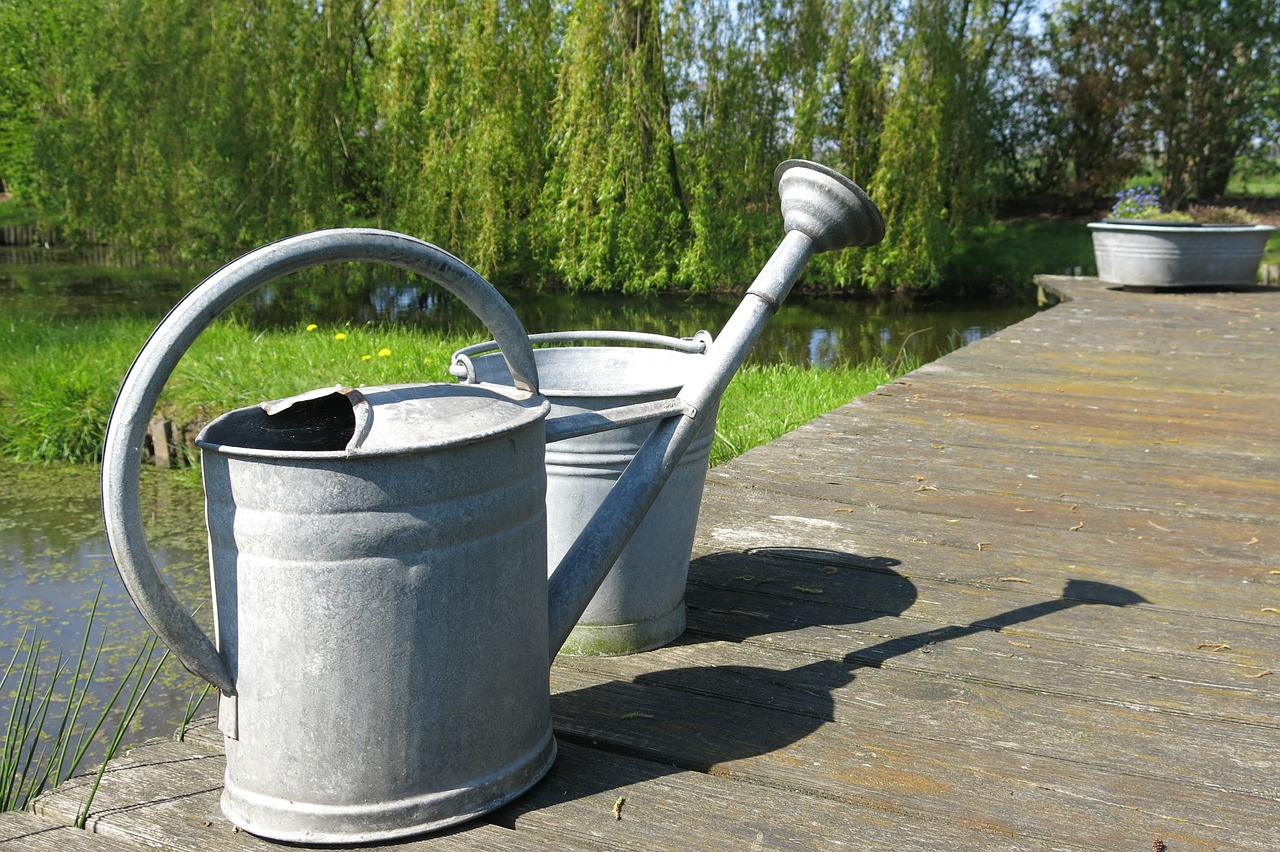How To Save Water In Your Garden – 8 Tips

Using this tips you will save time and money, and still your garden will look beautiful.
1. Use nature’s benefits
Gather water by associating a rain barrel to the downspout of your home or shed. Rain barrels have a hole on the top for the water to stream in and an on/off nozzle at the base where you can put your watering can for filling. Ensure the admission opening is secured with a fine work screen to keep out debris and mosquitoes, and slightly elevate the barrel on blocks so you can fill your watering can effortlessly.
2. Think about the size of your lawn
Turfgrass is a good choice, however if you can’t mow it without a problem (if you have small hills or if the grass is under trees) you can always replace it with some drought-tolerant ground cover. You can even create a patio and enjoy the space.
3. Observe your lawn
Keep up grass at its tallest suggested height, not sheared off at ground level. Longer grass cutting edges help shade each other, reducing evaporation. You should also correctly adjust your sprinklers so that they are not watering the sidewalks. If you notice leaks in the system, repair it immediately.
4. Consider mulching
Apply a 2-to 3-inch profound layer of natural mulch, for example, shredded bulk, pine straw, or chopped leaves to planting beds. Mulch is the main thing you can do to save soil dampness, prevent evaporation and improve the environment for root development. Mulch additionally keeps down weeds, it decomposes and enhances the soil, permitting it to ingest more water.
5. Use native plants
Do a research on the native plants of the area you live in. These plants are adjusted to the local soil conditions and rain levels where they commonly grow, so you will be able to lean on nature’s help more in the plant’s growth.
6. Water in the morning
If you water your plants in the morning, you are helping them to go trough the heat of the day much easily. This way is also beneficial for the leaves of the plants, as they can get dry much quickly, so that the fungal disease that need moisture can’t thrive. It is best if you attach a sprayer with a switch on the hose, so you can easily turn off the water when you are moving around, where there are not any plants.
7. Choose plants that don’t need a lot of water
The best plants for this are certainly succulents. However, bear in mind that any new plant you put into the ground, regardless of the possibility that it’s drought tolerant, should be watered regularly until it has built up itself amid the first year.
8. Use soaker hoses and drip irrigation system
Soaker hoses have little gaps along the whole length so water can overflow out at a moderate rate. Soaker hoses and drip irrigation are always a good way to go, because every drop of water goes directly into tho root system of the plant. You won’t waste any water.
Source: www.countryliving.com


